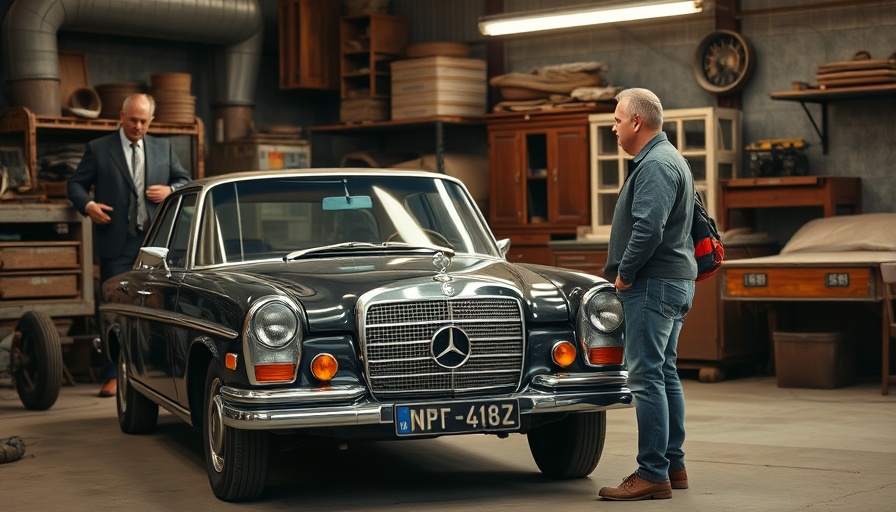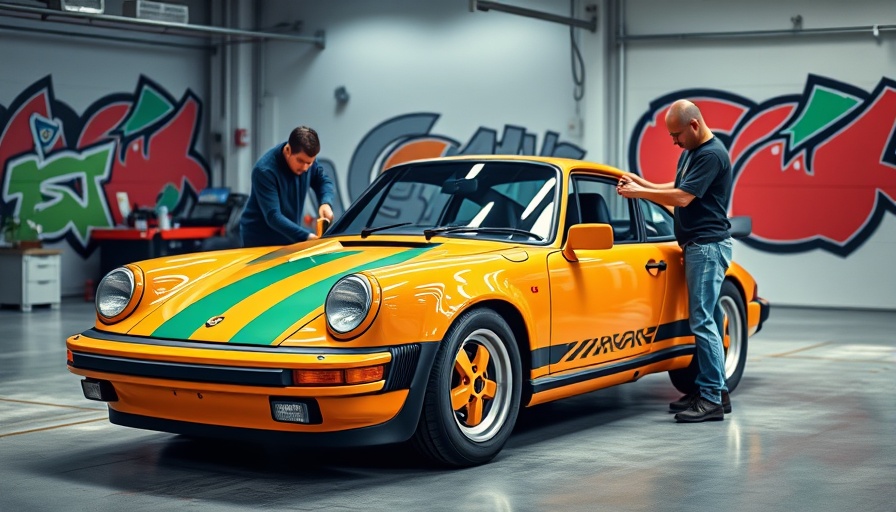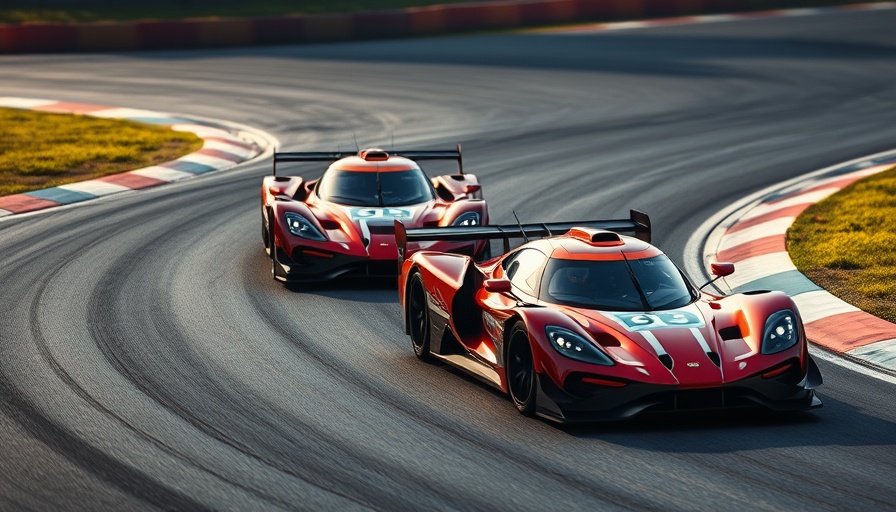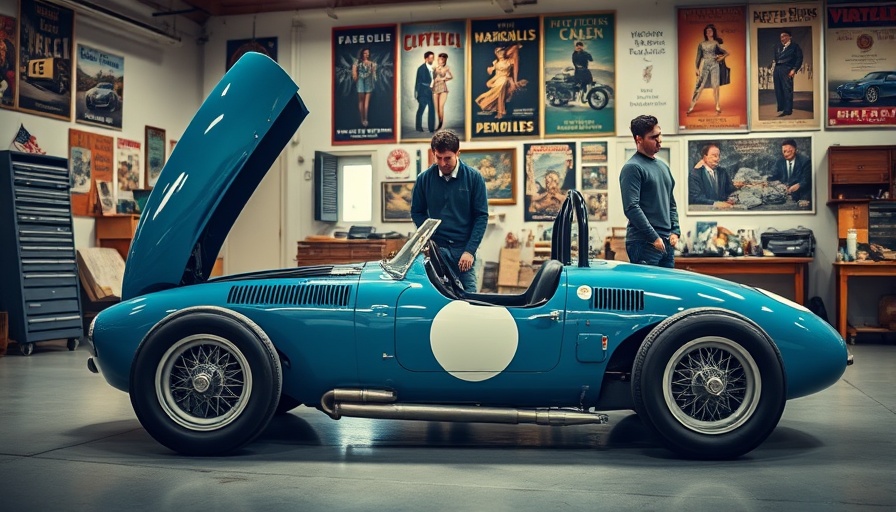
Riding Through Time: The Classic 1966 Mercedes 230 Fin Tail
In the episode of Jay Leno’s Garage, Jay takes us on an exhilarating ride in the iconic 1966 Mercedes 230 Fin Tail. This car, with its elegant design and robust performance, encapsulates a transformative era of automotive history. Known for its distinctive rear fins, the model combines both style and functionality, illustrating why classic cars continue to captivate enthusiasts.
In Jay Leno Drives a 1966 Mercedes 230 Fin Tail Cross-Country Survivor, the iconic car presents a perfect opportunity to explore its historical significance and essential maintenance insights.
Why Classic Cars Matter to Modern Drivers
Classic cars, like the Mercedes 230, teach us valuable lessons about vehicle maintenance and car care. They represent a connection to a simpler time when automobiles were built for longevity—a stark contrast to the throwaway culture of today. By appreciating classic cars, current drivers gain insights into how to maintain and prolong the life of their modern vehicles, ensuring they remain reliable and efficient.
Key Maintenance Tips Inspired by Jay's Drive
While watching Leno take the ancient beauty on the road, viewers can extract considerable automotive wisdom. Here are some important car maintenance tips relevant for the classic enthusiast and everyday driver alike:
- Regular Oil Changes: Frequent oil changes are crucial. For classic cars, this could mean every 3,000 miles or three months.
- Fluid Checks: Knowing how to check car fluids—including oil, coolant, and brake fluid—can prevent breakdowns and maintain performance.
- Brake Maintenance: Given the weight and design of classic cars, understanding brake mechanics is vital for safety and longevity.
- Seasonal Maintenance Checklist: Preparing your car for seasonal changes, such as checking battery life in winter or tire health before summer road trips, ensures road readiness.
- Tire Rotation Tips: Proper tire maintenance, including rotation and alignment, can enhance fuel efficiency and extend tire life.
Bringing Back the Vintage Vibe
Jay's fin-tailed Mercedes not only stands as a stunning piece of history but also brings sentimentality to the forefront. This car has survived the test of time, symbolizing durability and resilience, which can inspire how we view our relationship with automobiles today.
Driving into the Future: Lessons from the Past
As we delve into the automotive insights brought forth by Jay's exploration of the 1966 Mercedes, we emerge with a new appreciation for vehicle maintenance. Whether it’s utilizing best car maintenance apps for tracking schedules or understanding the nuances of engine upkeep, the wisdom gleaned from classic cars can enhance our vehicle ownership experience today.
Essential DIY Car Repair Skills
Another crucial aspect of maintaining a vehicle is understanding basic DIY car repair. From changing the air filter to inspecting belts and hoses, having a few essential skills can make a significant difference.
- How to Change Air Filter: A clean air filter can substantially improve engine efficiency and performance.
- Inspecting Belts and Hoses: Deteriorating belts and hoses can lead to breakdowns. Regular checks can save you from unexpected costs.
- Coolant System Maintenance: Proper coolant checks prevent overheating issues, especially critical in classic cars with older systems.
Fuel Efficiency: From Classics to Modernity
While it’s easy to think of classic cars as gas guzzlers, understanding how to improve fuel efficiency is an important skill for any driver. By combining vintage insights with modern technology, drivers can optimize performance and sustainability.
In conclusion, watching Jay Leno drive the 1966 Mercedes 230 Fin Tail is not just a charming experience; it’s a reminder of the importance of car maintenance. From adapting classic practices to modern-day needs, ensuring your vehicle's longevity comes down to knowledge and care.
So, whether you’re a classic car collector or simply a proud car owner, remember that the heart of a vehicle beats strong when maintained well. Embrace these practical car care tips and make your automotive experience smoother and more enjoyable.
 Add Row
Add Row  Add
Add 




Write A Comment